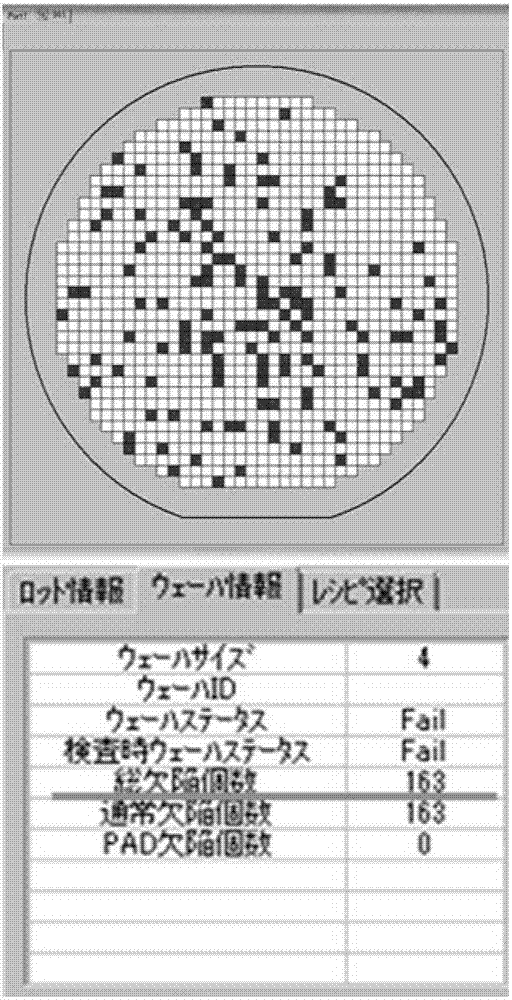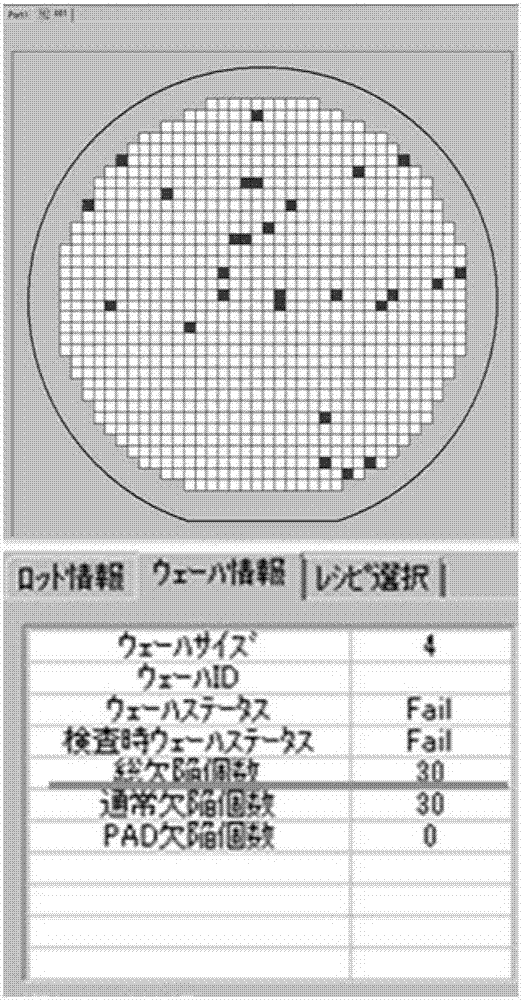Method for reducing silicon carbide epitaxial basal plane dislocation density
A silicon carbide, basal plane technology, applied in electrical components, semiconductor/solid-state device manufacturing, circuits, etc., can solve the problems of inappropriate silicon carbide epitaxy process, cumbersome process, surface damage of silicon carbide substrate, etc., to reduce BPD defects , avoid pre-processing, reduce the effect of damage
- Summary
- Abstract
- Description
- Claims
- Application Information
AI Technical Summary
Problems solved by technology
Method used
Image
Examples
Embodiment 1
[0035] To grow a SiC epitaxial wafer on a composite buffer layer with a periodic high-low doping structure, the specific steps are as follows:
[0036] (1) Select a silicon carbide substrate with a silicon surface that is 4° to the direction, and the substrate BPD defect density is 1000cm -2 ,, the substrate is placed in the reaction chamber of the SiC epitaxial system, placed on the graphite base, and the graphite base has a tantalum carbide coating;
[0037] (2) Use argon to replace the gas in the reaction chamber several times, introduce hydrogen into the reaction chamber, and gradually increase the H 2 Flow rate to 80L / min, set the pressure of the reaction chamber to 100mbar, gradually raise the temperature of the reaction chamber to the growth temperature of 1600°C, maintain the temperature of the reaction chamber for 10 minutes after reaching the growth temperature, and perform pure hydrogen etching on the substrate;
[0038](3) A small flow of silane (SiH 4 ) and pro...
Embodiment 2
[0045] To grow SiC epitaxial wafers on a composite buffer layer with two periods of high-low doping structure, the specific steps are as follows:
[0046] (1) Select a silicon carbide substrate with a silicon surface that is 4° to the direction, and the substrate BPD defect density is 1000cm -2 ,, the substrate is placed in the reaction chamber of the SiC epitaxy system, placed on the graphite base, and the graphite base has a tantalum carbide coating;
[0047] (2) Use argon to replace the gas in the reaction chamber several times, introduce hydrogen into the reaction chamber, and gradually increase the H 2 Flow rate to 80L / min, set the pressure of the reaction chamber to 100mbar, gradually raise the temperature of the reaction chamber to the growth temperature of 1600°C, maintain the temperature of the reaction chamber for 10 minutes after reaching the growth temperature, and perform pure hydrogen etching on the substrate;
[0048] (3) A small flow of silane (SiH 4 ) and p...
PUM
 Login to View More
Login to View More Abstract
Description
Claims
Application Information
 Login to View More
Login to View More - R&D
- Intellectual Property
- Life Sciences
- Materials
- Tech Scout
- Unparalleled Data Quality
- Higher Quality Content
- 60% Fewer Hallucinations
Browse by: Latest US Patents, China's latest patents, Technical Efficacy Thesaurus, Application Domain, Technology Topic, Popular Technical Reports.
© 2025 PatSnap. All rights reserved.Legal|Privacy policy|Modern Slavery Act Transparency Statement|Sitemap|About US| Contact US: help@patsnap.com



